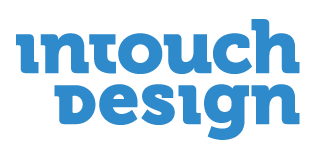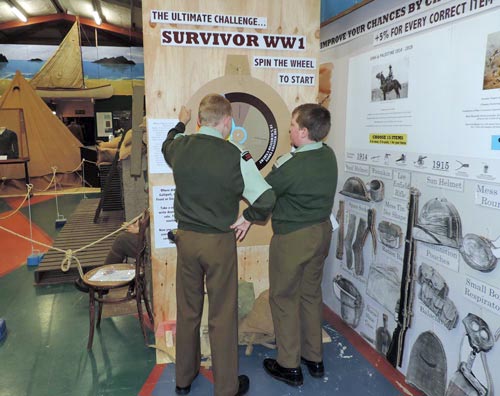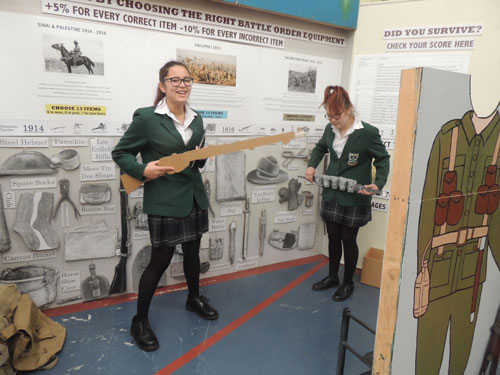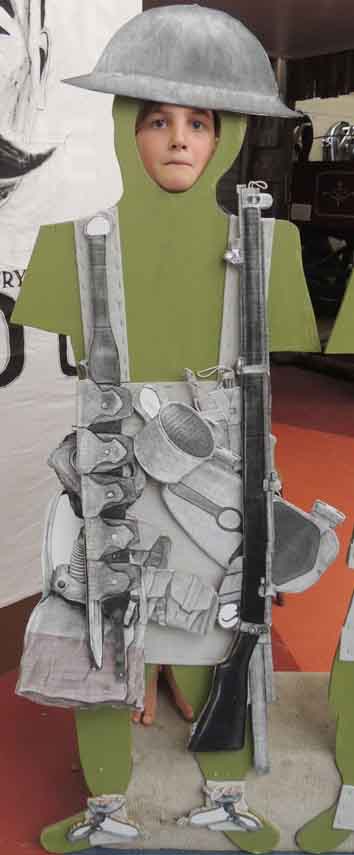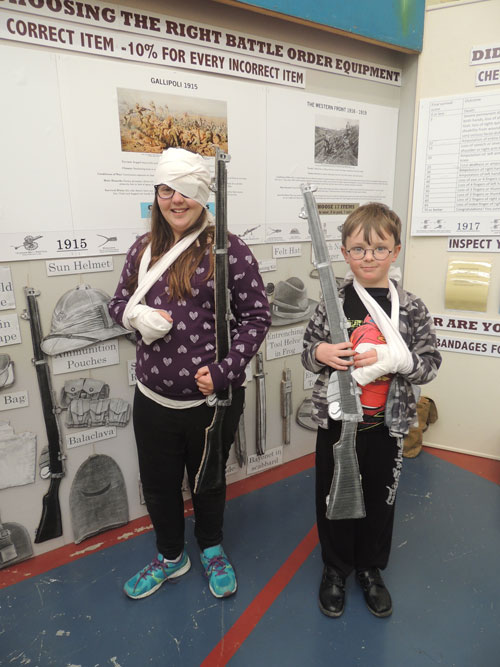Survivor WW1 - An analogue Game for the Centenary of WW1
Survivor WW1 provides a social, interactive, kinesthetic learning experience to your visitors, at minimum cost. Experiential learning that “brings to life” the statistics, campaigns and artefacts of the NZ WW1 soldier. It can stand alone, or be used to compliment traditional artefact and text displays, or schoolbook learning. Survivor WW1 is small, robust, and low tech: Designed to be affordable and easy to make and use for a wide range of venues such as museums of all sizes, libraries, RSA’s and schools.
Survivor WW1 was first trialled at the Central Hawke’s Bay Settlers Museum in 2014. The CHB Museum extended their intended exhibition time for Survivor WW1 because it provided an invaluable way of engaging visitors in a rather grim subject. In her report on Survivor WW1, the manager of the museum, Jana Ulhirova, says this:
“As a small museum serving the local community, attracting local schools is essential. With the Survivor WW1 game we have something different to offer to attract this audience. Survivor WW1 ticks all the boxes. It is a very attractive, educational and interesting display from which the children can learn about the subject while having “fun”. I highly recommend this game for any museum.”
What does Survivor WW1 Consist of?
31 hand-drawn cut out items
3 soldier cut-outs
A raffle wheel which is a pie graph of the casualty rates in WW1
A technology timeline
3 A1 panels on the conditions of war at each campaign
Activity instructions
3 flip panels, for inspecting the soldier’s equipment at each front
A box of bandages
Various texts and title banners
How does the Activity work?
The activity is started by spinning a wheel. The wheel is divided according to the NZ WW1 casualty numbers. This gives the participant a campaign, Sinai & Palestine, Gallipoli, or The Western Front, and a corresponding initial survival rate: 90%, 36% and 18% respectively.
Participants then attempt to increase their score by dressing a soldier cut-out in the correct Battle Order Equipment for their campaign. Points are awarded for each correct item selected, and subtracted for each incorrect item selected.
Participants then “inspect their soldier” by referring to the answers under flip panels. Their final score determines their survival outcome, which relates to the WW1 war pension; e.g. a low score of 10% will be the maximum rate of injury as listed under the war pension (lunatic, paraplegic, blind, bedridden etc.) 60 % will be a minimum rate of injury (loss of digits), 70% and above will be fit and healthy. 0% and below do not survive.
Finally the participants get to bandage their injury and photograph themselves in their battle order equipment. Whilst the activity is engaging, the outcome is a sobering lesson on the impact of WW1
How is Survivor WW1 be delivered?
The exhibit can be delivered in two different ways:
As a digital file for printing with an A3 photocopier, with DIY construction from low cost recycled materials, mostly cardboard. A small amount of handy-man level carpentry is required. We recommend enlisting the help of 5 or more volunteers to glue photocopies onto cardboard, and cut them out.
As a digital file for construction in durable sustainable materials, such as Ecoply and Vertiface. Requires skilled labour and commercial printing.
How much does the Survivor WW1 cost?
The cost for the digital files are $1490 + GST, for a year, with a $150 annual renewal license thereafter.
DIY Economy from digital file is ideal for small museums, or schools, that have volunteers to help make it. Cost of materials to make is less than $500.
DIY Crafted. Cost of materials and labour to make approximately $5000. This is for museums that have skilled technicians, or that can afford to pay commercial exhibition fabricators and printers.
